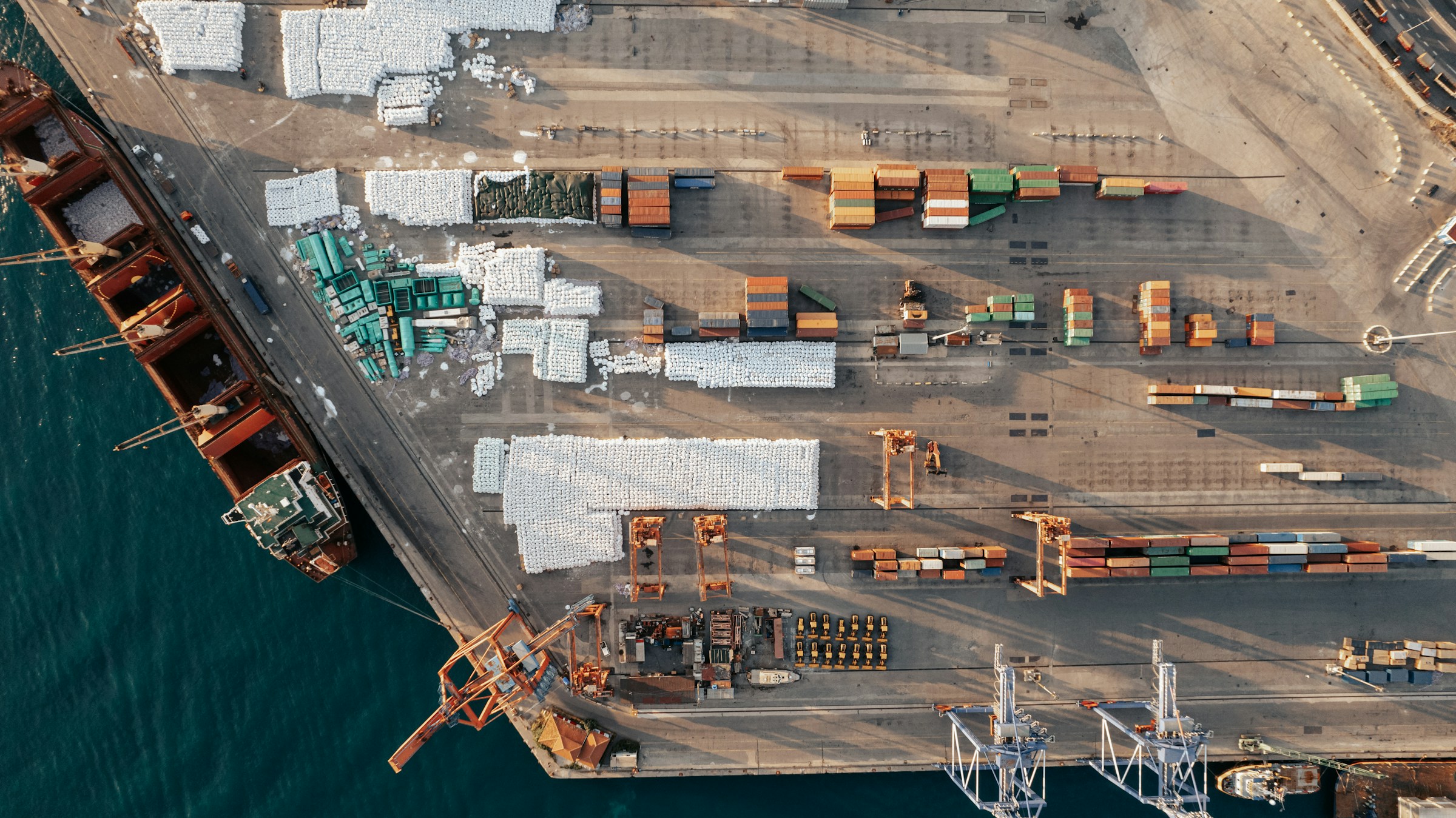Malaysia’s export model just ran into a forced repricing. Washington’s 19% tariff on Malaysian goods, effective August 8, resets the math for any sector shipping into the US without exemptions. The immediate policy read is clear: Bank Negara Malaysia has trimmed its 2025 growth projection to 4%–4.8%, and the investment, trade and industry minister estimates a 0.6 to 1.2 percentage-point hit to next year’s GDP. That is not catastrophic, but it is material—especially because the ministry expects 2026 to carry the full-year effect rather than a partial-year shock. In other words, this is not a one-quarter wobble; it is a pricing regime change.
The tariff architecture matters. Semiconductor products are currently exempt, but the minister has already flagged the risk that this ring fence could narrow pending a review in Washington. For now, the exemption preserves Malaysia’s highest-value export lane and limits blowback on the upstream talent, equipment, and supplier base that feed chip assembly and testing. If that wall holds, the growth drag likely sits toward mid–low value segments where margin headroom is thinner and substitution risk is higher. If it doesn’t, the calculus changes fast: what is today a revenue tax on price-sensitive goods becomes a potential capacity planning problem for an ecosystem that anchors thousands of skilled jobs and capex cycles.
Underneath the headlines is a product–model tension that operators will recognise. Malaysia has spent years pushing up the value chain—industrial reforms under the New Industrial Master Plan 2030, a Green Investment Strategy, and the National Semiconductor Strategy signal exactly that intent. A sudden 19% price shock tests whether those upgrades are far enough along to defend margin, or whether exporters must eat cost, re-route volumes, or reset their US pricing. Think of it like a platform changing its take rate overnight: if your unit economics relied on thin spread and high throughput, the new fee compresses your room to maneuver; if you’ve moved into higher-order services and IP, you have more options to repackage value.
Policy is leaning into buffer mode. The government’s mitigation list reads like a triage-to-transition playbook: push cross-ministerial coordination, route affected firms toward Malaysia’s 18 free trade agreements, and grease the wheels for adjustment. The RM500 million easy-financing window for SMEs is meant to buy time where working capital suddenly meets slower receivables or renegotiated terms. A RM25 billion government-linked company reform programme aimed at catalysing high-value sectors signals a willingness to use the state’s balance sheet and governance levers to accelerate the shift rather than simply cushion the blow. Continued public service transformation to reduce friction in permitting and compliance is the unglamorous but critical layer; in tariff environments, days saved on approvals convert directly into cash preserved.
Two near-term variables remain deliberately open. First, the inflation channel. A tariff is, in practice, a tax on the imported price paid by the US buyer; pass-through is a negotiation. If the burden is shared, Malaysian producers swallow part of it, compressing margins and slowing capex; if US importers pass along more to consumers, demand could soften selectively by category. Either way, the minister is right to avoid premature precision on inflation effects across transport, energy, and food. The second variable is trade diversion. Leveraging existing FTAs to reroute flows—whether to ASEAN, the Middle East, or Europe—can soften the US exposure, but diversion is never frictionless. Rules of origin, logistics windows, and buyer relationships all impose switching costs that show up in quarterly numbers before strategic benefits kick in.
For founders and operators inside the affected sectors, the practical questions look familiar. Where are you price-taker vs price-maker in the US book? What portion of your SKUs can be re-specified, bundled, or value-engineered to hold ASPs under a tariff shadow? How quickly can you expand non-US distribution without blowing up your CAC in new markets? And crucially, what part of your cost stack—energy, logistics, compliance—can be structurally lowered over the next two quarters to create the buffer you no longer get from a benign external price?
Bank Negara’s revised 2025 growth band of 4%–4.8% is a reminder that macro doesn’t stop for sector-specific pain. Domestic demand, services, and ongoing investment tied to industrial upgrading can still deliver a solid year, but the composition of growth becomes more important than the headline. The ministry’s preliminary GDP-impact range implicitly assumes the semiconductor exemption holds and that mitigation measures execute on schedule. If either assumption slips, the lower end of the range is optimistic. Conversely, if exporters successfully leverage FTAs and if the joint Malaysia–US statement under negotiation anchors stable exemptions and a clearer pathway, the drag could be contained and back-loaded into segments already scheduled for reform.
This leaves the inflation path, where the instinct is to over-explain. The honest answer at this stage is that pricing power sits in supply chains, not press releases. Essential goods access remains a stated policy priority, and that matters for expectations. Still, moving parts—global freight, energy baselines, and the durability of US consumer demand—will shape how much of the tariff shock reaches Malaysian factories through volume cuts rather than price concessions. Keep an eye on procurement cycles, inventory builds, and discounting behavior among US retailers heading into the holiday quarter; those are early proxies for how hard the pass-through battle will bite.
The bigger signal is strategic. A reciprocal tariff regime tells Malaysia to accelerate the shift from cost-led export manufacturing toward capability-led, resilience-priced production. The policy toolkit laid out—financing for SMEs, GLC reform to crowd in investment, industrial strategies with teeth—reads correctly for that moment. None of it neutralises a 19% tariff. But together, it can shorten the time between shock and upgrade, which is what will matter for the growth path beyond 2026. The Malaysia 2025 GDP growth tariff impact is a headline; the response is the story.













-2.jpg&w=3840&q=75)

